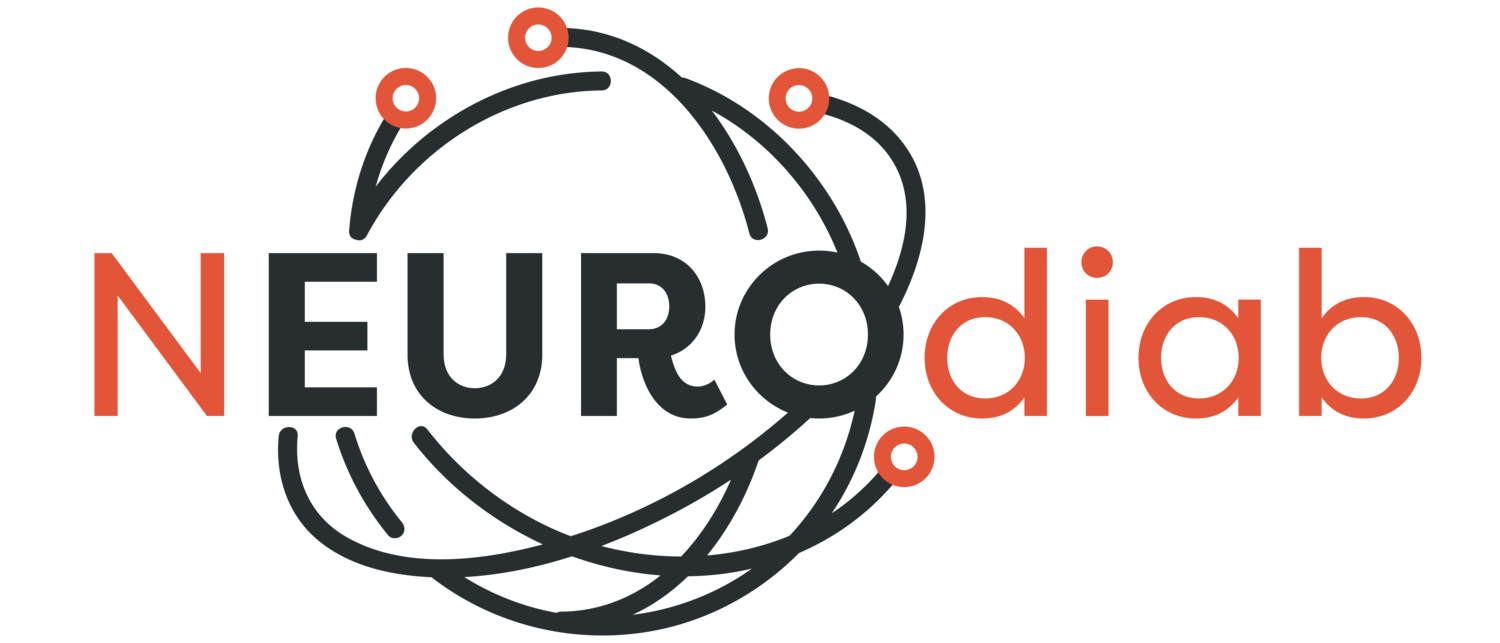Publication News 198 - 27 October 2025
Beyond pain relief: systemic benefits of spinal cord stimulation in painful diabetic neuropathy
Aims: To determine if spinal cord stimulation (SCS) is more beneficial than combination therapy (gabapentinoid plus duloxetine) in a large population of people with painful diabetic peripheral neuropathy (PDN).
Methods: A real-world cohort study was conducted using the TriNetX global federated database. Adults with PDN treated with SCS were compared to those treated with gabapentinoid + duloxetine. Propensity score matching (1:1) controlled for confounders, with outcomes assessed over 3 years. The primary outcome was time to first major adverse cardiovascular event (MACE: ischaemic heart disease, stroke, heart failure, or sudden cardiac death). Secondary outcomes included all-cause mortality, below-knee amputation (BKA), suicide, S. aureus infection, major adverse kidney events (MAKE), diabetes-related ophthalmic disease, hospitalisation, and SCS explantation. Stratified analyses explored differences by sex, age, ethnicity, geography, and analgesic discontinuation.
Results: 145,380 patients with PDN were identified, 3,212 received SCS and 142,168 received dual pharmacotherapy. After propensity score matching, 3,105 patients per arm were analysed. SCS significantly reduced risk of MACE (HR 0.57 [0.49–0.67]), all-cause mortality (0.49 [0.39–0.62]), BKA (0.19 [0.08–0.46]), suicide (0.36 [0.22–0.59]), S. aureusinfection (0.67 [0.51–0.90]), MAKE (0.46 [0.27–0.79]), ophthalmic disease (0.33 [0.23–0.48]), and hospitalisation (0.59 [0.53–0.66]) vs combination therapy. Explantation occurred in 11.1%. Female and older patients had greater reductions in BKA and infection; the suicide risk reduction was most marked in younger adults.
Conclusions: SCS was associated with lower risks of cardiovascular, renal, infectious, and psychosocial complications compared with pharmacotherapy alone, supporting its broader potential as a disease-modifying treatment for PDN.
Comments. PDN remains a major therapeutic challenge, with current pharmacological options often offering only modest symptom relief and limited impact on long-term outcomes. The study presented provides compelling real-world evidence that spinal cord stimulation may confer benefits far beyond pain modulation. Interestingly, SCS was associated with substantial reductions in MACE, all-cause mortality, major amputations, and even suicide risk. These findings challenge the traditional view of SCS as purely a symptomatic therapy and raise the possibility of broader systemic benefits perhaps mediated through improved autonomic function, enhanced mobility, or reduced inflammatory burden following pain relief.
While observational in nature, this analysis stands out for its scale, methodological rigour, and comprehensive assessment of clinical endpoints. However, several limitations warrant consideration: residual confounding cannot be excluded, and coding-based data may underestimate neuropathy severity or comorbidities. The generalisability beyond the US population also requires further exploration.
These findings are both timely and thought provoking offering new perspectives on the wider impact of neuromodulation in diabetes care. As the burden of PDN rises globally, the potential for SCS to modify cardiovascular and metabolic risk profiles demands further mechanistic and prospective evaluation. If corroborated, this could redefine the role of neuromodulation in diabetes care shifting it from a last-line pain therapy to a potential disease-modifying intervention.
Shazli Azmi
Reference. Henney AE, Frank B, Riley DR, Anson M, Burgess J, Hernadez G, Lip GYH, Malik RA, Tesfaye S, Cuthbertson DJ, Alam U. Spinal cord stimulation for the treatment of painful diabetic neuropathy and risk of major adverse cardiovascular events, mortality, amputation, infection and suicide: a retrospective cohort study. EClinicalMedicine. 2025 Sep 26;89:103489. doi: 10.1016/j.eclinm.2025.103489. PMID: 41079020; PMCID: PMC12508579.
🔗 https://www.thelancet.com/journals/eclinm/article/PIIS2589-5370(25)00422-5/fulltext
